Don Schenck's contributions
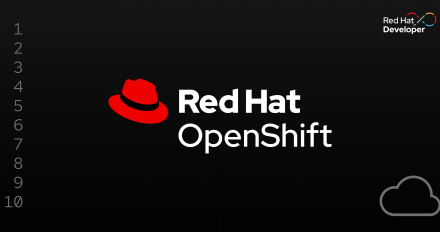
Learning path
Introduction to Kafka in Podman
Don Schenck
Kafka is a powerful event streaming platform. In this learning path, you will

Learning path
Container Internals
Ryan Jarvinen
+1
Building applications for Kubernetes and OpenShift requires an understanding of
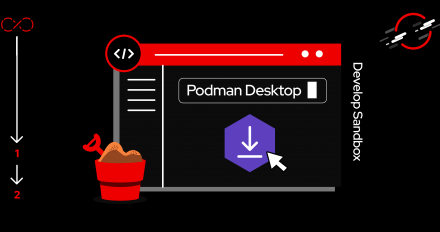
Learning path
Install Podman Desktop and connect it to your Developer Sandbox
Don Schenck
Podman Desktop and the Developer Sandbox are both valuable tools for learning
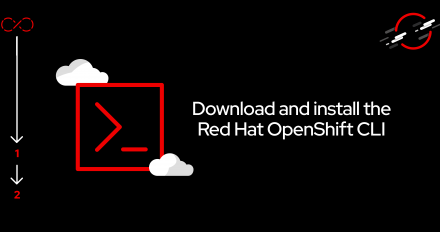
Learning path
Download and install the Red Hat OpenShift CLI
Don Schenck
Learn how to install the oc command-line interface (CLI) in order to work with
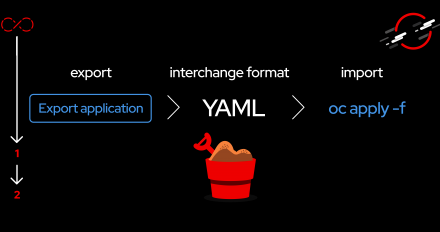
Learning path
Move your Developer Sandbox objects to another cluster
Don Schenck
This learning path walks you through the process of exporting your OpenShift
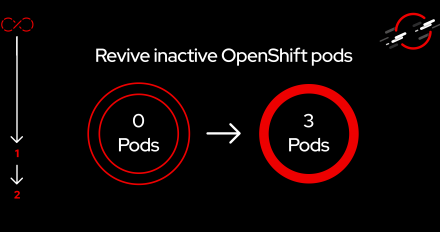
Learning path
Revive inactive OpenShift pods that scaled to zero
Don Schenck
This learning path demonstrates how to revive inactive pods in your sandbox that
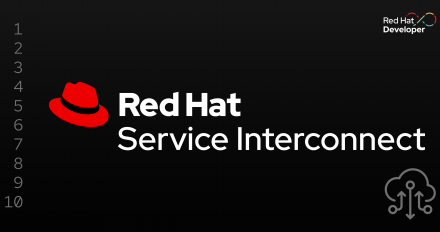
Learning path
Connect your services across different environments using Red Hat Service Interconnect
Don Schenck
Red Hat Service Interconnect enables application and service connectivity across
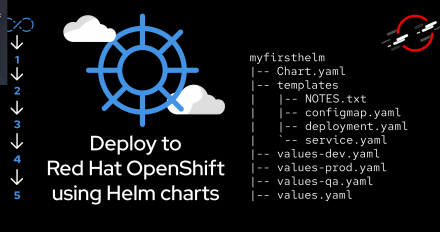
Learning path
Deploy to Red Hat OpenShift using Helm charts
Don Schenck
Helm charts are a proven and useful tool for deploying several pieces of

Learning path
Introduction to Kafka in Podman
Don Schenck
Kafka is a powerful event streaming platform. In this learning path, you will

Learning path
Container Internals
Ryan Jarvinen
+1
Building applications for Kubernetes and OpenShift requires an understanding of

Learning path
Install Podman Desktop and connect it to your Developer Sandbox
Don Schenck
Podman Desktop and the Developer Sandbox are both valuable tools for learning

Learning path
Download and install the Red Hat OpenShift CLI
Don Schenck
Learn how to install the oc command-line interface (CLI) in order to work with

Learning path
Move your Developer Sandbox objects to another cluster
Don Schenck
This learning path walks you through the process of exporting your OpenShift

Learning path
Revive inactive OpenShift pods that scaled to zero
Don Schenck
This learning path demonstrates how to revive inactive pods in your sandbox that

Learning path
Connect your services across different environments using Red Hat Service Interconnect
Don Schenck
Red Hat Service Interconnect enables application and service connectivity across

Learning path
Deploy to Red Hat OpenShift using Helm charts
Don Schenck
Helm charts are a proven and useful tool for deploying several pieces of

